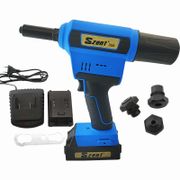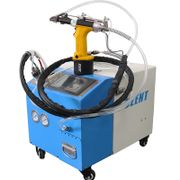A team of researchers from the Technical University of Munich (TUM) and Braunschweig (TUBS) have devised a way for aircraft to potentially make automatic landings at small airfields without needing ground-based systems that are normally present only at large, commercial airports.
An instrument landing system (ILS) uses radio waves to make measurements from electric beacons and give lateral and vertical guidance to pilots. These measurements are essential to make automatic landings possible. Therefore, automatic landings are impossible at smaller airfields that do not have an expensive ILS system installed.
The new "C2Land" system developed by TUM and TUBS in partnership with the German federal government, as described in the research paper titled “Linear Blend: Data Fusion in the Image Domain for Image-based Aircraft Positioning during Landing Approach,” uses a camera in the normal visible range and an infrared camera, paired with image-processing software designed to determine relative aircraft position to a runway, to effectively replace the information provided by ILS systems.
A forward-looking InfraTec VarioCam HD620 thermal infrared (TIR) camera with 640 x 480 resolution and 14 mm lens that streams 24-bit floating point temperature measurements, and a Photonfocus MV1-D1312C RGB camera with 1280 x 1024 resolution and a 9 mm focal length wide angle lens, are mounted underneath the front section of the fuselage of the test aircraft, a Dornier Do 128-6 and a Diamond DA42.








